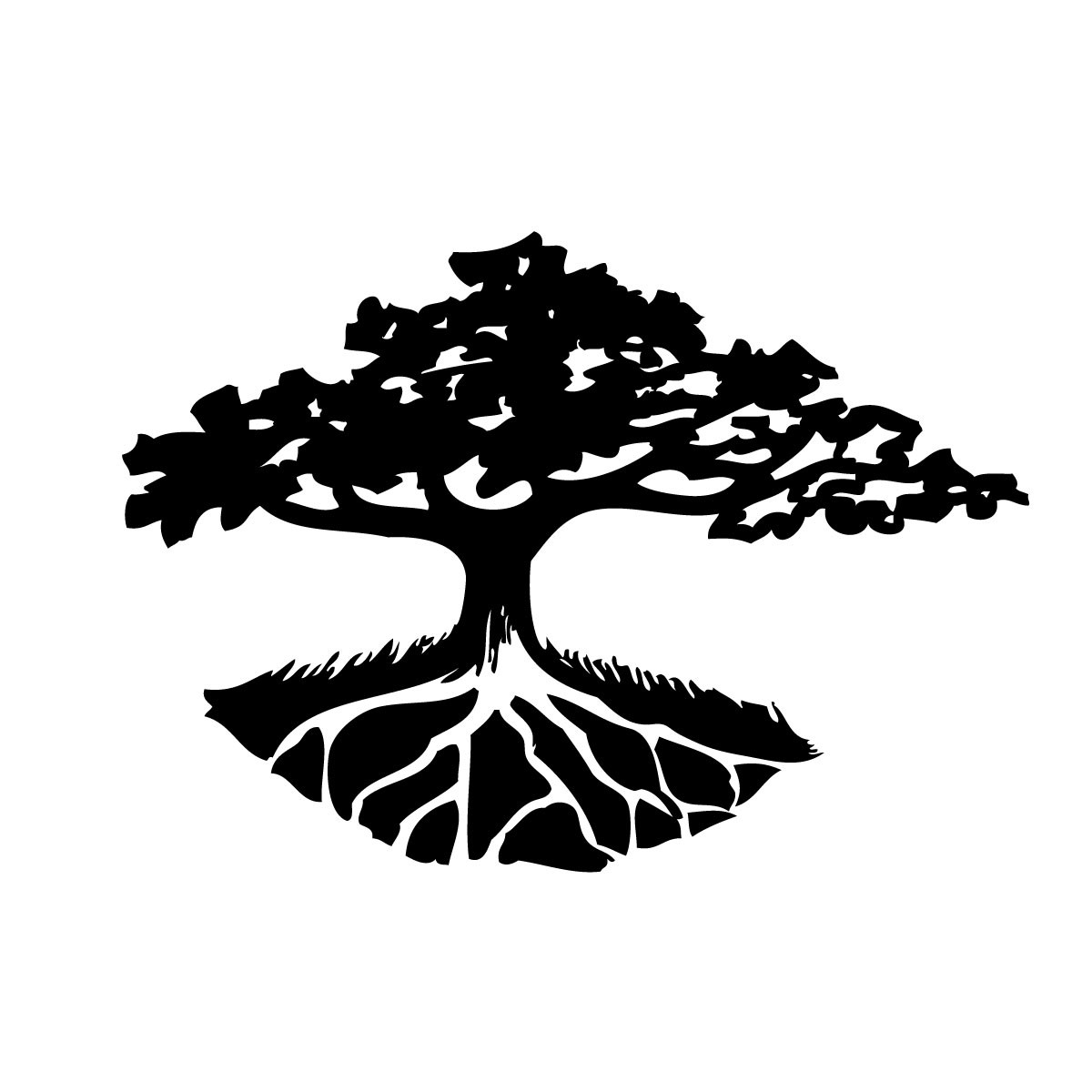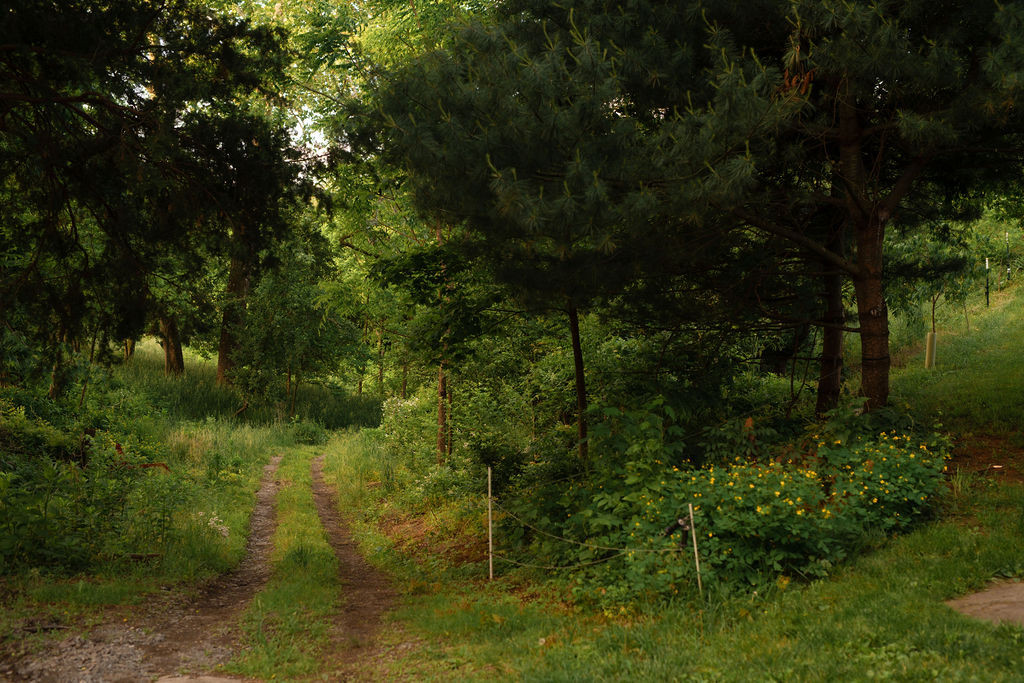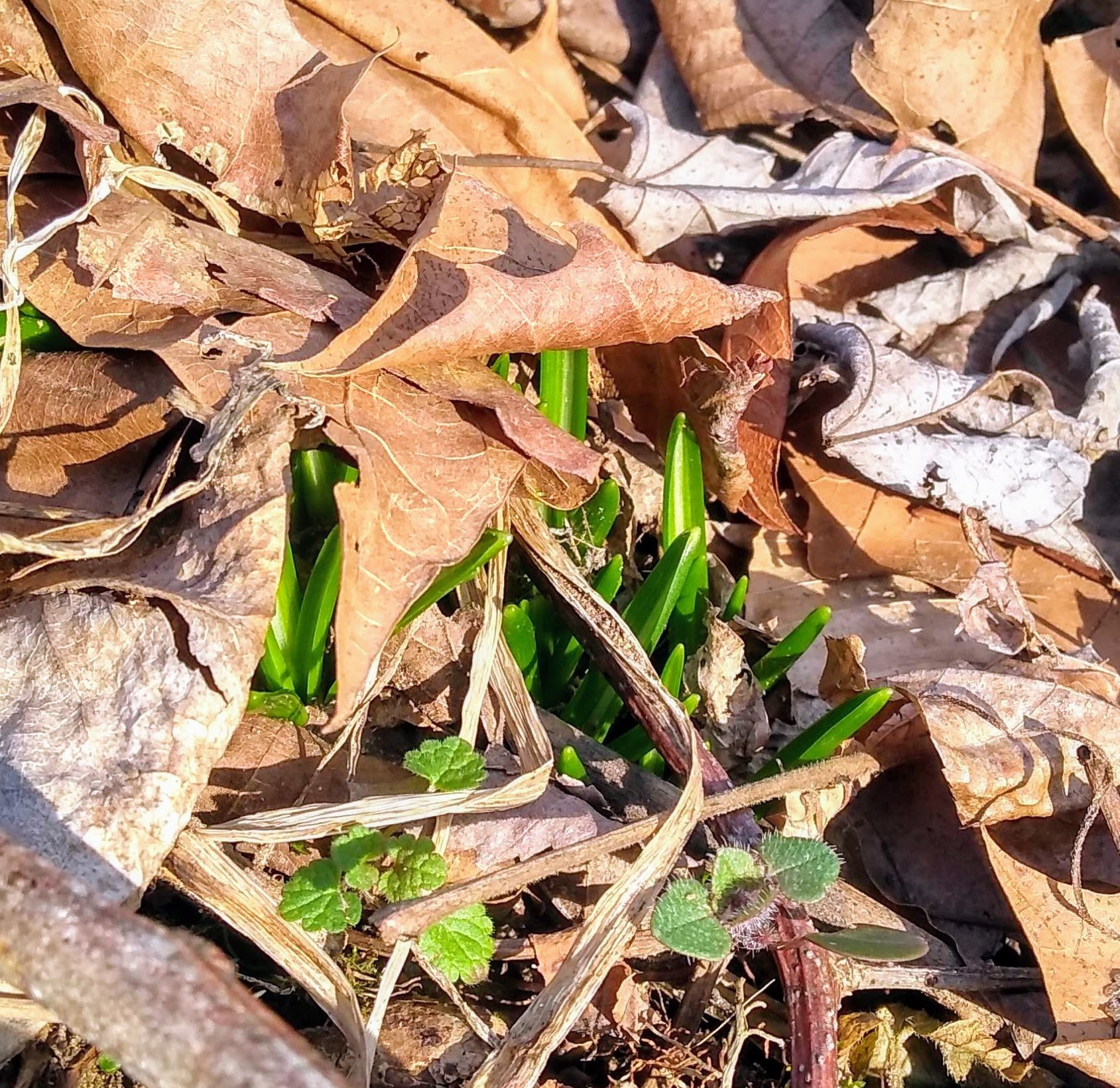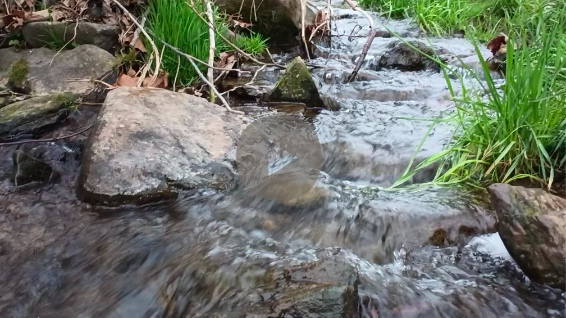Fractal Design, Nesting Patterns
posted on
June 8, 2025
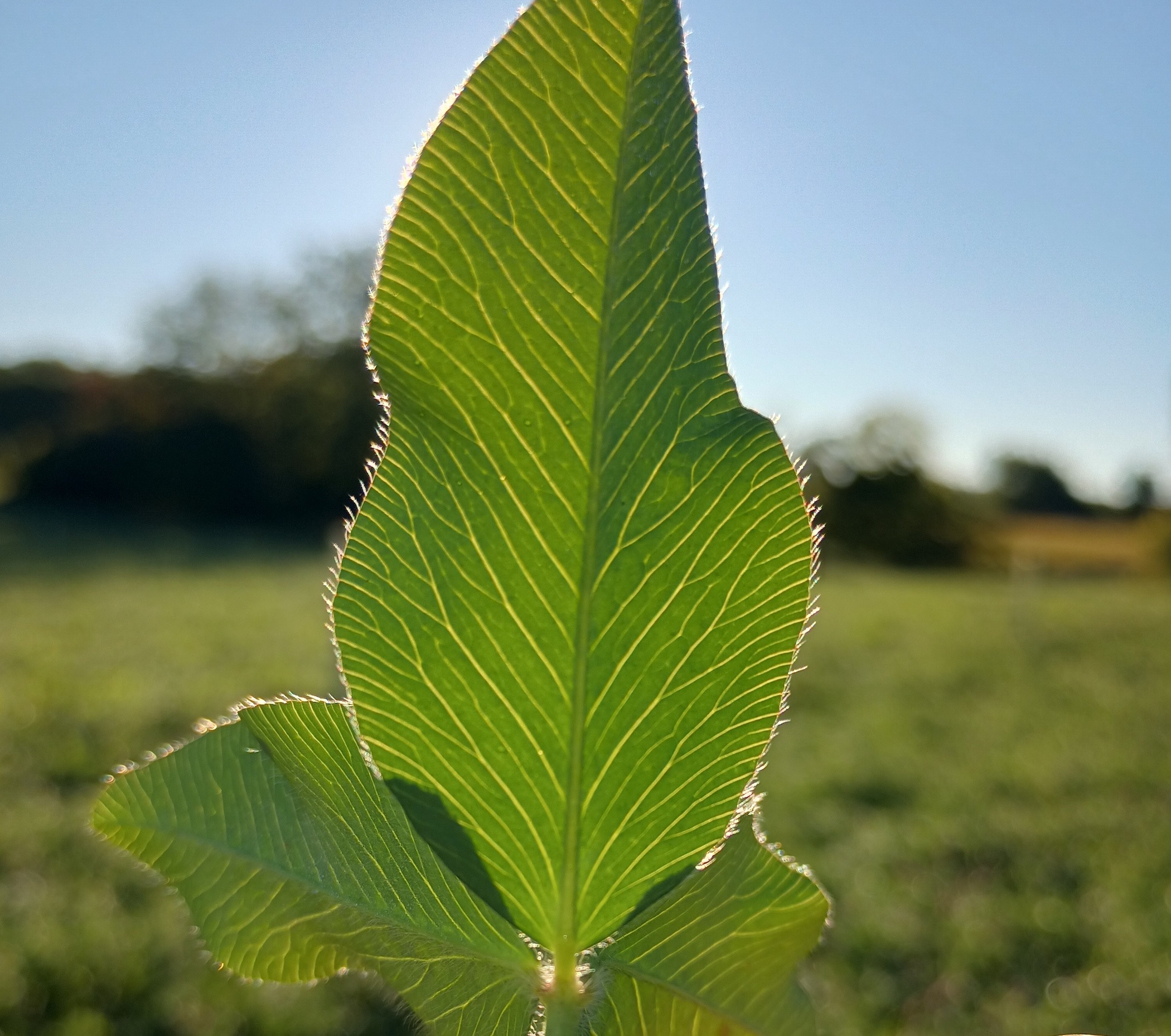
Fractal Design, Nesting Patterns
- The Pattern: ‘truth within truth or truth all the way down’
Fractal designs are observed in the way a tree is composed of a general form that continues to break into smaller yet similar forms all the way down to the smallest twigs. The vein structure of a leaf follows a similar pattern as does our circulatory system that moves from first order arteries all the way down to the smallest capillaries. Fractals are patterns of varying size yet similar in form. These patterns can be found as both nesting and/or in sequence. It's the stream, the creeks and rivers. It's the ridges and the valleys. This pattern creates the maximum amount of edge habitat possible in the least amount of space. As a function of this pattern we find very few, if any, straight lines in natural systems. The edge habitat between one environment and another is maximized through fractal design. Or in other words, fractal design maximizes the overall linear length of the edge habitat in an ecosystem and it is the edge environment that hosts the greatest number of life forms or transactions.
It’s important to acknowledge that edges or boundaries provide both definition as a border and yet they are permeable. These two primary functions of the edge environment, definition and permeability, are two ends of the same whole intertwined throughout the landscape. It is this interplay between two environments that govern the relationship between the smallest of cells all the way up to the interface between different environments. It's our bloods cells absorbing proteins or the carbon dioxide/oxygen exchange between the tree and the atmosphere or the oxygen/carbon dioxide exchange within your lungs. It’s the boundary where the ocean stops and the land starts. It’s the transition zone where the open field becomes the deep forest. The transition zone hosts the most life forms because….
- The Principle:
- The most effective way to interface two environments is through fractal design.
- Fractal design creates the maximum amount of edge habitat in the smallest amount of space and the edge habitat hosts the maximum amount of diversified life forms.
- It is the most effective, efficient and resilient way for the Kingdom of heaven to interface with the Earth. For producing the highest quality and most reliable outcome.
- Fractal patterns offer a solution for both the micro-climate and the macro-climate through recursion (making it scalable).
- Fractal design is the most appropriate framework for discipleship and offers natural accountability as a result of local long term relationships. Knowledge is highly transferable through fractal design and the process of recursion.
- Fractal design is both sequential and cascading and compounding in effect. And it offers meaning and purpose for the individual as its currency.
- A sense of ownership is given to those who participate with fractal design or nesting patterns.
- Fractal design deals in hope and mercy by extending purpose and meaning to the smallest and seemingly insignificant parts of life.
- It fosters a natural boldness in the decision making processes of life and human to human interactions or the relationships between living things when we participate with fractal design.
- The Practice:
- Through fractals we design with a purpose of creating more and more edges or points of contact, within our landscapes and human to human interactions.
- When developing a solution for a problem we want to find the smallest form of the same problem and develop a solution for that. Then we scale up through recursion to the larger forms of the same problem.
- We do not inconvenience ourselves with the big problem without wrestling with the same problem in its smaller form.
